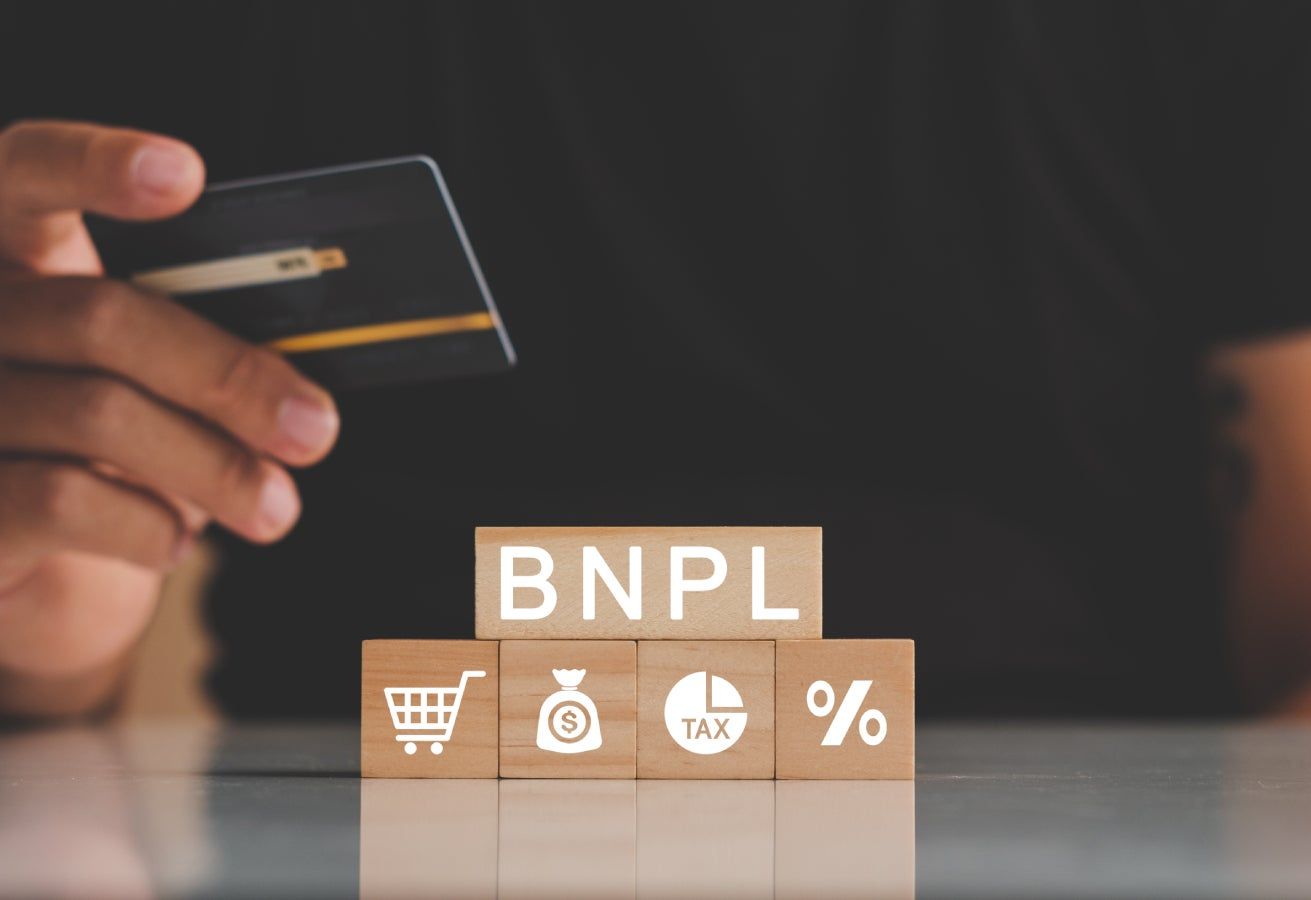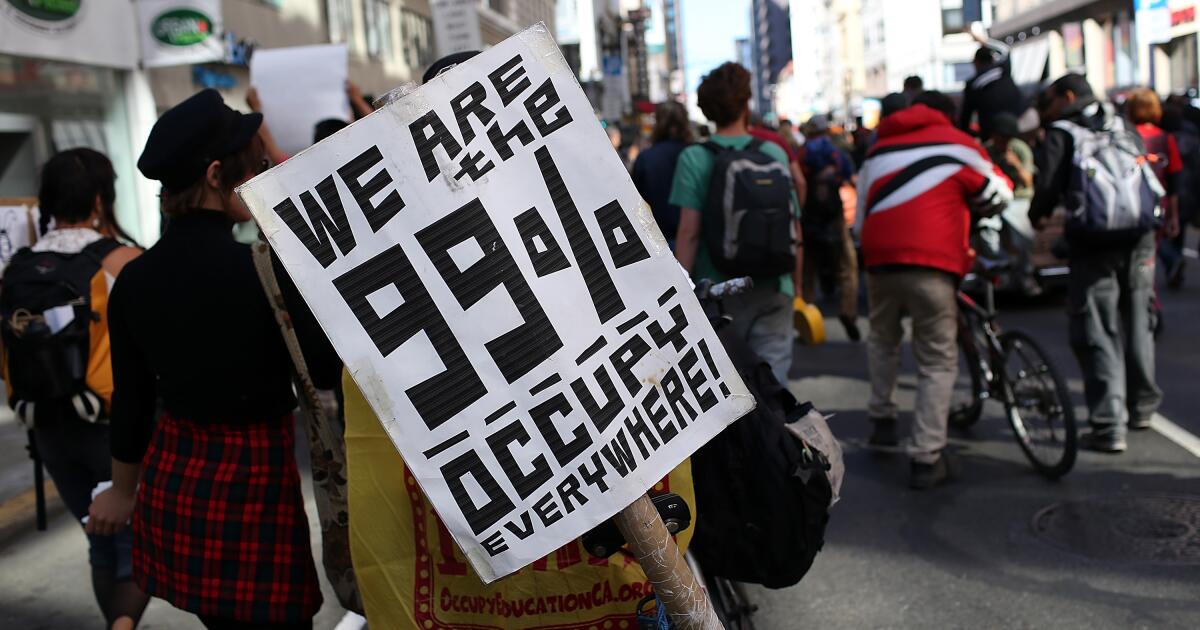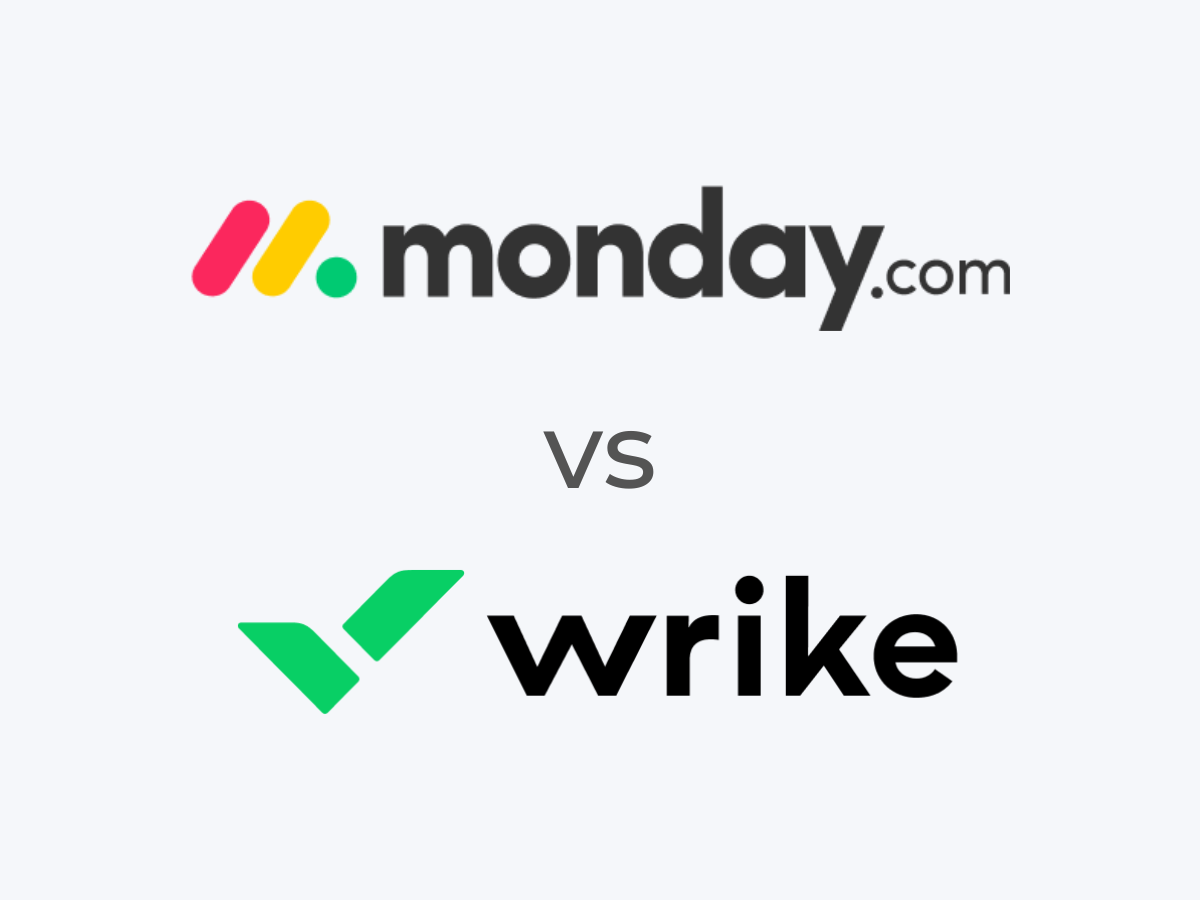The use of BNPL reached a historical maximum of Cyber on Monday 2024, registering an expense of $ 991.2 million (an increase of 5.5% year after year), according to Adobe Analytics Data. The trend is in line with Splitit and Pymnts investigation last November that found that two thirds of consumers plan to use BNPL payment options to give this holiday season (with 38% with the intention of using it to spend on themselves ).
This presents a great opportunity for merchants, especially those in electronic commerce, since BNPL is mainly used in online purchases. However, industry experts warn that, although BNPL offers flexibility for consumers established in budget, it entails financial risks, especially for those that depend most on BNPL services.
Let's explore the BNPL impact below. Learn why consumers make this payment option more and more, that consumers are more inclined to use it and where BNPL spending is happening. I also discuss what challenges and opportunities will be for the retail industry.
BNPL's emergence in vacation spending
BNPL has been gaining impulse since 2021 when it registered a 102.3% increase in BNPL users of previous years. By 2026, forecasts show that almost 40% of US Internet users will use a BNPL solution, even more emphasizing how the payment method is advancing even more in the main current.
For the holiday season, the increase of Buy Now Pay can later be attributed to consumers who want greater flexibility for their purchases in the light of persistent inflation and interest rates of credit cards that are higher than never. Adobe Analytics projected that American buyers, who have more debt, will depend largely on buying now holiday offers after retailers, increasing use by 11.4% in the previous holiday season.
Buyers say that their main reasons to use BNPL are release effective (22%) and buy something they could not pay otherwise (19%). BNPL services allow buyers to expand purchasing powers by allowing them to pay their purchases in monthly installments (3, 6, 9 and 12 months), usually with zero to a minimum interest.
Purchase impact now pays later vacations in the retail industry
Retailers must take note of the subsequent increase in BNPL preferences for vacation spending; A study shows that those who have adopted more and more BNPL have shown that they can convert more windows buyers and encourage customers to visit the Fuller cars.
How does BNPL work during the holidays?
Knowing that subsequent payment options are available in the merchant store promotes a higher expense, since more than one in four buyers who use the financing option before visiting tend to buy more, according to Pymnts.
The same study clearly shows that 30% of consumers say they use BNPL more during the holiday season than the rest of the year. And 43% of vacation buyers (60 million US consumers) are strongly influenced by BNPL holiday offers when selecting merchants.
When it comes to consumers dependence on BNPL options for their vacation expenses, the same study revealed the following:
- Almost one in five anticipated using more than 60% of its total vacation expenses for subsequent methods.
- The average purchase now pays the Christmas shopping consumer later estimates that 36% of their vacation purchases would be financed by BNPL options.
- Around half of all vacation buyers expected BNPL between 20% and 60% of their purchases.
- Only 6.4% of vacation buyers anticipated financing almost all their purchases with subsequent payment options.
- Only 5.4% did not plan to finance any vacation spending.
- Consumers are likely to use BNPL for major expenses, according to a holiday expenses survey.
The time of the offer is also important. Most buyers (62%) prefer to know if a subsequent payment solution is offered before deciding what to buy, instead of making the purchase. The ninety percent of respondents who do not use this financing option would be more likely to use if they are offered during the purchase trip. The early promotion of later plans on the purchase trip is useful for attracting new customers.
Who uses BNPL during the holidays? BNPL use cases
The data show that people from all age groups are more likely and open to use subsequent payment options for their vacation expenses. The same Pymnts study revealed what demography it is more likely to take advantage of the purchase now pays subsequent Christmas purchase payment options to give gifts to others and themselves:
- Parents are prone to take advantage of the subsequent payment options for vacation spending. The sixty -seven percent, or two out of three parents, considered paying later solutions for their vacation purchases.
- It is very likely that two out of five millennials use subsequent payment plans for Christmas purchases, while 34% of generation Z had the intention of using subsequent payment options.
- An interesting thing to keep in mind is that 6.5% of buyers who had not yet used subsequent plans that were expected to do it during the vacation season, with additional 17% considering it.
Knowing what age groups are probably influenced or attracted to spending (and spending more) due to the subsequent vacation payment options feeds customer acquisition, drives retention and increases holiday sales. It also reveals that most are interested in finance some, but not all, of their vacation purchases through BNPL.
Take advantage of the convenience and financial flexibility that these subsequent solutions offer to make undisputed customers and those who wish to maximize gifts during the season.
Is there any risk associated with BNPL?
Although Christmas purchases become easier and more financially flexible with BNPL, it comes with risks. According to a Bankrate survey, more than half (56%) of BNPL users say they have found at least one problem.
Excessive spending (29%), lack of payment (18%) and the difficulty in returning articles or obtaining a refund (18%) are among the main problems that users have experienced. A smaller number of users also said they lamented a purchase (17%) or felt unsatisfied with at least one purchase (17%).
Consumers perceive BNPL solutions as a better (and safer) alternative to credit cards. The increase in interest credit card rates is one of the reasons why consumers prefer to take advantage of BNPL offers instead of sliding their cards. The average annual interest rate on a credit card increased to a record of 20.79% in August 2024 and remained high by 20.42% from November, according to Bankrate.
However, industry experts warn that consumers can be too extended financially, they cannot make payments, land in problems with debt collectors and ruin their credit. BNPL services had been regulated freely until the consumer financial protection office issued a rule in May that classifies BNPL lenders as credit card suppliers. This provides consumers with additional rights and legal protections, such as the right to dispute charges and demand a refund after making a statement.
The monthly survey of the expectations of consumers of the Fed in New York, which asks consumers to estimate the probability of becoming criminal loans in the next three months, was 13.6% in August. This is the highest from the spike at the beginning of the Covid-19 pandemic. The figure is even higher (19.5%) for those with annual income below $ 50,000.
There is much to do with how BNPL payment charges will leave after the holiday season, but the strong use of subsequent payment options during the cyber weekend indicates that consumers extended their budgets when opting for BNPL to give away during The season.
Frequent questions (frequent questions)
What BNPL suppliers are popular for Christmas purchases?
The biggest BNPL suppliers are affirmed, after paying and Klarna.
Can BNPL affect my credit score?
Yes, it can. Some BNPL services require difficult credit controls, while others make soft consultations. If a supplier reports the activity of credit activity, it can affect your credit score.
Are there hidden rates with BNPL services?
There are rates for BNPL users who do not make payments on time, such as delay charges, overwhelming rates and interest payments. There are no rates involved for those who can pay full -time monthly payment installments and time.












